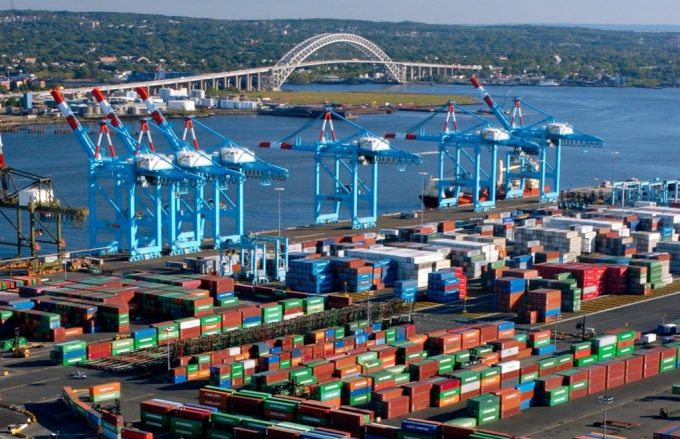US port operators brace for tariff blitz if Trump gets second term
US port operators will be focused on the results of tomorrow’s elections, concerned that potential ...

The seven-week Covid lockdown in Shanghai, prompting carriers to blank a third of export sailings on the Asia-Europe and transpacific tradelanes, is creating a lull in May import volumes through US west coast ports.
Moreover, the coastal shift by shippers from the west coast to east ...

Comment on this article